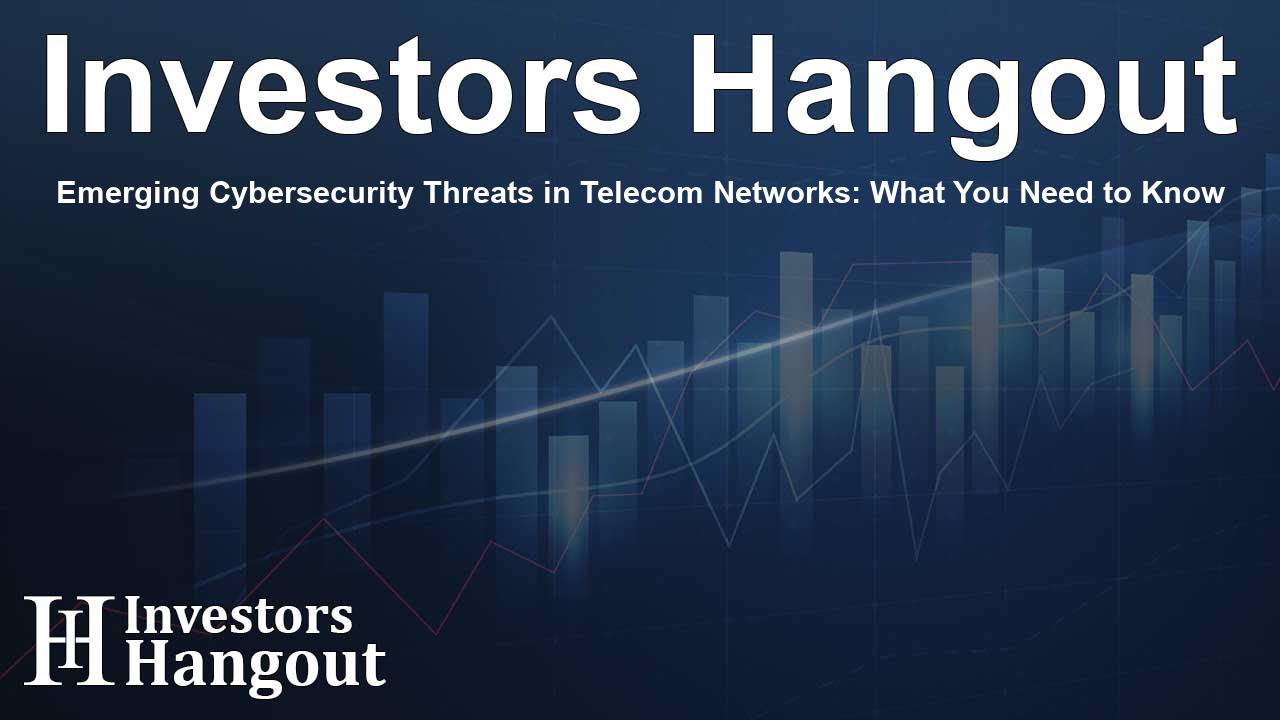Emerging Cybersecurity Threats in Telecom Networks: What You Need to Know

Emerging Cybersecurity Threats in Telecom Networks
Recent insights from Nokia have revealed alarming trends in the cybersecurity landscape for telecom networks. Operators are facing stealthy intrusions and record-breaking DDoS attacks, highlighting the urgent need for enhanced security measures. According to Nokia's annual Threat Intelligence Report, a significant shift in attack vectors and methodologies has prompted telecom companies to rethink their approach to network protection.
The Rise of Stealthy Intrusions
This past year, nearly two-thirds of telecom operators reported encountering at least one instance of a "living off the land" attack — a tactic where attackers exploit existing tools and systems rather than deploying malware. In fact, 32% experienced four or more such attacks, raising concerns about the persistent vulnerability of core networks.
Targeting Core Networks
Attackers are increasingly infiltrating critical infrastructure, gaining access to sensitive data such as subscriber information and lawful interception systems. Notably, the Salt Typhoon incident has underscored the extensive damage possible through prolonged access. High-profile breaches have compelled operators to implement costly remediation efforts, showcasing the reputational risk involved when long-term access goes undetected.
Frequency and Severity of DDoS Attacks
Accompanying these intrusions are terabit-scale DDoS (Distributed Denial-of-Service) attacks, occurring at an alarming rate. The frequency of these incursions has surged, with incidents now five times more common than in previous years. Not just limited to infrequent occurrences, these attacks have peaked in intensity, with some reaching between 5 to 10 Tbps.
Rapid Response to DDoS Threats
With nearly 78% of DDoS attacks concluding in five minutes and 37% wrapping up in less than two minutes, the imperative for speedy detection and response has never been greater. The inherent risks of compromised home internet connections have amplified these challenges, with over 100 million residential endpoints now potentially exploitable by malicious actors.
Artificial Intelligence in Cyber Defense
In light of the escalating threats, over 70% of security leaders in the telecommunications sector are prioritizing the adoption of AI and machine learning for threat analytics. This shift signifies a crucial response to the increasing complexity of attacks, providing operators with the ability to act proactively rather than reactively.
Preparing for the Future: Quantum-Safe Networking
Another facet of the report addresses the rising need for quantum-safe networking. While digital certificates are critical for secure communications, their validity periods are drastically shortening — expected to drop from over a year to just 47 days by 2029. Despite regulatory pressures, many in the industry do not perceive quantum computing risks as immediate threats, which could lead to significant security gaps.
Insider Risks and Human Error
Over half of high-cost security breaches originate from internal actions or oversight. Factors such as complex supply chains exacerbate the likelihood of credential misuse and privilege escalations, emphasizing the importance of proper security hygiene and protocol adherence.
Nokia's Role in Cybersecurity Enhancement
Nokia's leadership argues for a collective fight against these rising threats. Kal De, Senior Vice President at Nokia, emphasized the need for sharing threat intelligence and leveraging AI-driven solutions to counteract growing vulnerabilities. Continuous adaptation and upgrading of network security protocols will be essential to secure interconnected networks, transforming vulnerabilities into resilience.
In addition, Jeff Smith, Vice President of Deepfield at Nokia, reinforced the necessity of ingraining DDoS protection into the very fabric of network architectures to ensure uninterrupted service amidst rising threats.
Conclusion and Recommendations
The Nokia Threat Intelligence Report serves as a comprehensive guide to understanding the current landscape of cyber threats facing telecom operators. The report offers actionable insights for industry players looking to bolster their defenses against an array of vulnerabilities, including threat detection enhancements, AI integration, regulatory compliance, and more. With the advancement of technology and more interconnected devices, staying vigilant and resilient will be crucial for the future of network security.
Frequently Asked Questions
What are "living off the land" attacks?
These attacks exploit existing tools and systems within a network, making them harder to detect compared to traditional malware-based threats.
How severe are DDoS attacks currently?
DDoS attacks have reached unprecedented levels, with some peaking at 10 Tbps and many concluding within minutes, indicating their growing intensity and frequency.
What role does AI play in combating cyber threats?
AI and machine learning are increasingly utilized for threat analytics and rapid response to detect unusual patterns and threats in telecom networks.
Why is quantum-safe networking important?
As quantum computing evolves, the need for quantum-safe networking will be crucial for protecting communication systems against potential future threats.
How can telecom operators enhance their cybersecurity measures?
Operators can focus on tightening internal security protocols, adopting advanced threat detection technologies, and prioritizing shared intelligence and response strategies.
About The Author
Contact Evelyn Baker privately here. Or send an email with ATTN: Evelyn Baker as the subject to contact@investorshangout.com.
About Investors Hangout
Investors Hangout is a leading online stock forum for financial discussion and learning, offering a wide range of free tools and resources. It draws in traders of all levels, who exchange market knowledge, investigate trading tactics, and keep an eye on industry developments in real time. Featuring financial articles, stock message boards, quotes, charts, company profiles, and live news updates. Through cooperative learning and a wealth of informational resources, it helps users from novices creating their first portfolios to experts honing their techniques. Join Investors Hangout today: https://investorshangout.com/
The content of this article is based on factual, publicly available information and does not represent legal, financial, or investment advice. Investors Hangout does not offer financial advice, and the author is not a licensed financial advisor. Consult a qualified advisor before making any financial or investment decisions based on this article. This article should not be considered advice to purchase, sell, or hold any securities or other investments. If any of the material provided here is inaccurate, please contact us for corrections.
